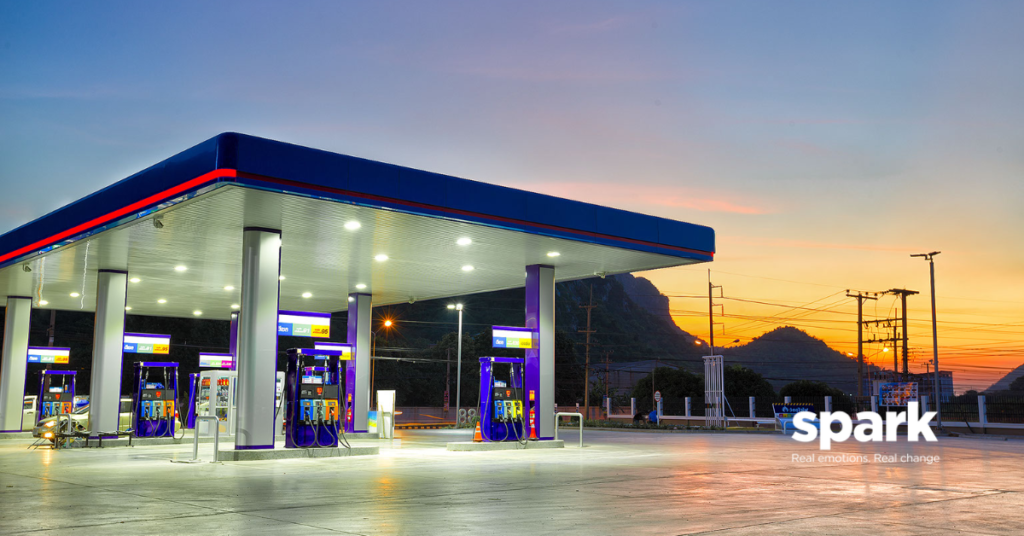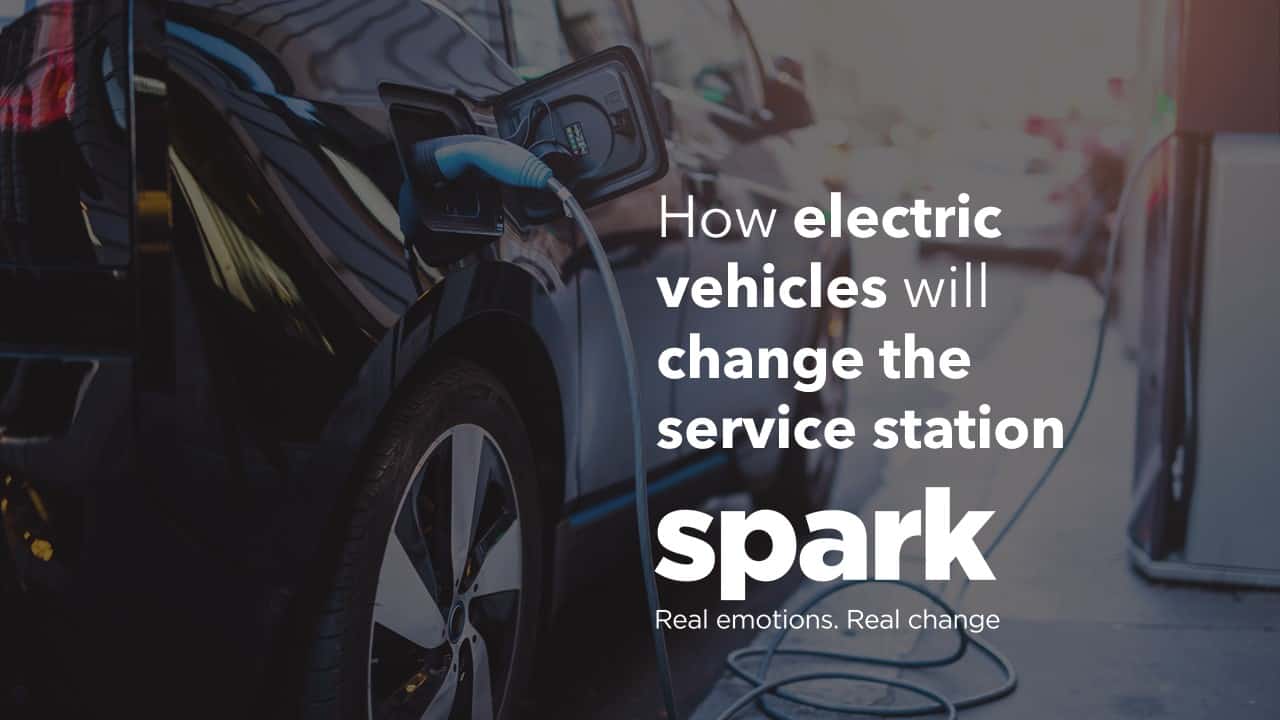Prime Minister, Boris Johnson, announced that the UK will ban the sales of new petrol and diesel vehicles from 2030. With mainly electric vehicles being sold in the future, this will clearly have a huge impact around the country, we wanted to understand what this meant for the service station of the future.
Battery charging time will be key
One of the key differences between traditional petrol and diesel cars, and electric vehicles is the mileage achievable on a full ‘tank’ and the time it takes to refuel. Although seen as a barrier to the consumer, it is a potential opportunity for retailers.
A typical electric car battery (60kWh battery) takes around eight hours to charge from empty. Most drivers will do most of their charging at home (and the UK government plans to make it legal requirement that all new homes built with a car parking space also have an electric charge point built), but top-ups will still be required for longer journeys.
Currently, the UK government states that no driver is ever further than 25 miles from a charge point, with over 800 open-access rapid charge points on the road network as of January 2020. Around 100 miles of extra range can be given in just over half an hour using a rapid charger, and this is where the opportunity lies for retailers and hospitality venues.

Service stations are dramatically going to have to adapt
Some locations offer free charging, but the typical cost for rapid charging at a motorway services is £6.50 for half an hour. Free rapid charging would encourage drivers to stop at certain services over others that charge, while still spending money at services to have an enjoyable recharge experience away from their vehicle.
In many ways, half an hour is the perfect amount of time for a sit-down meal, or other entertainment experience (a 30-minute escape room?). Alternatively, more immersive retail experiences will become more attractive to drivers rather than the grab-and-go style retail that currently exists in many service stations.
Indeed, two distinct service stations may develop over the next 10 years, one for grab-and-go drivers looking for drive-through coffees and clean, fast toilet breaks; and one for electric vehicle drivers looking to occupy their time while their vehicles recharge, with more experiential retail and entertainment offerings.
At Spark Emotions, we are experts in understanding what drives behaviour, ranging from macro effects to what happens in-store, helping you to adapt your business to the changing world around it. Get in touch with us by filling in our contact form to find out how we can help you grow your business.

Written by Scott Willey, Associate Director at Spark Emotions
If you have any questions, feel free to reach out to Scott via email scott.willey@sparkemotions.com or connect with him on LinkedIn





